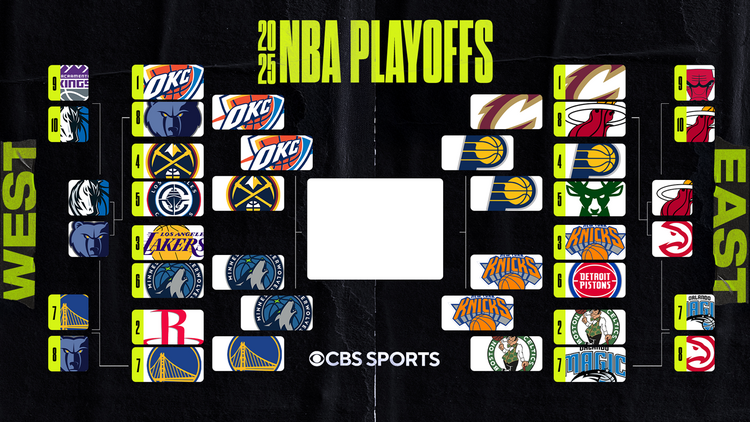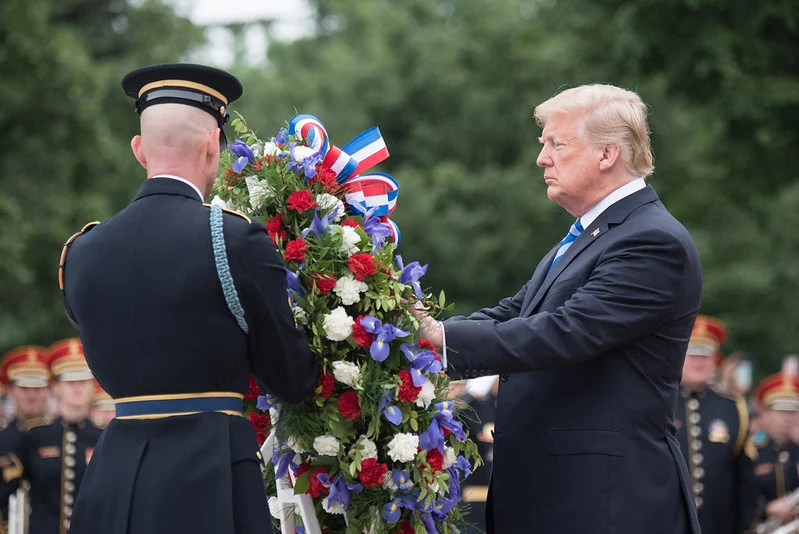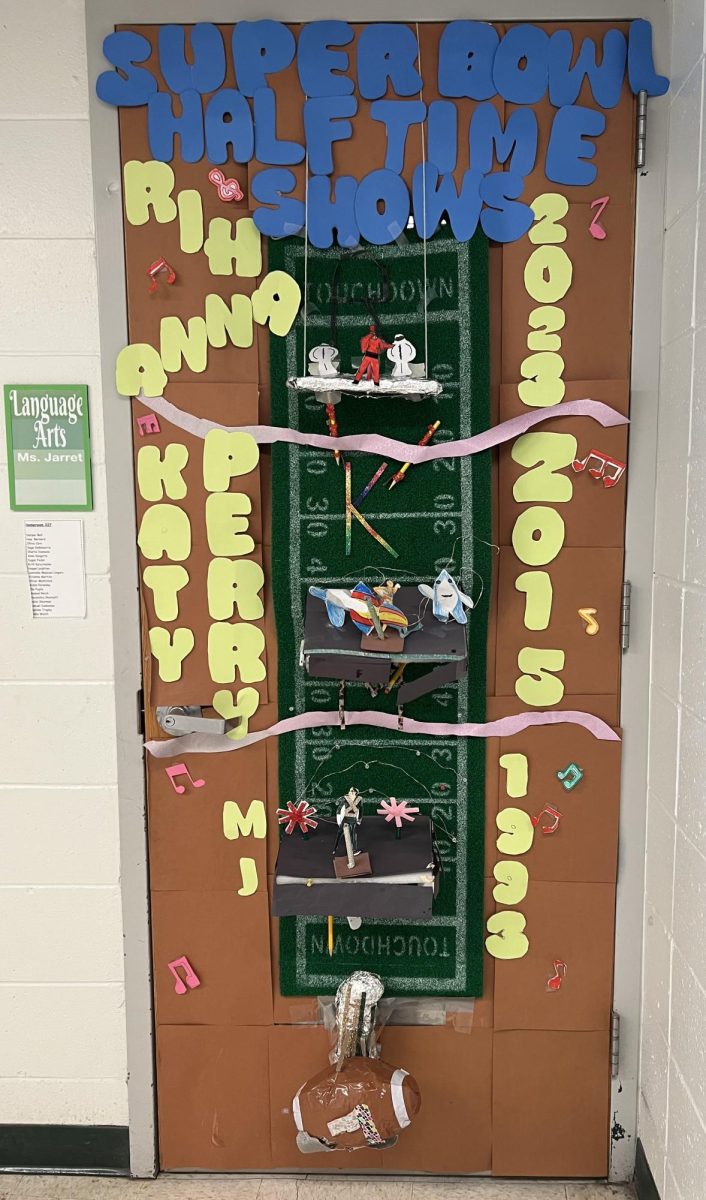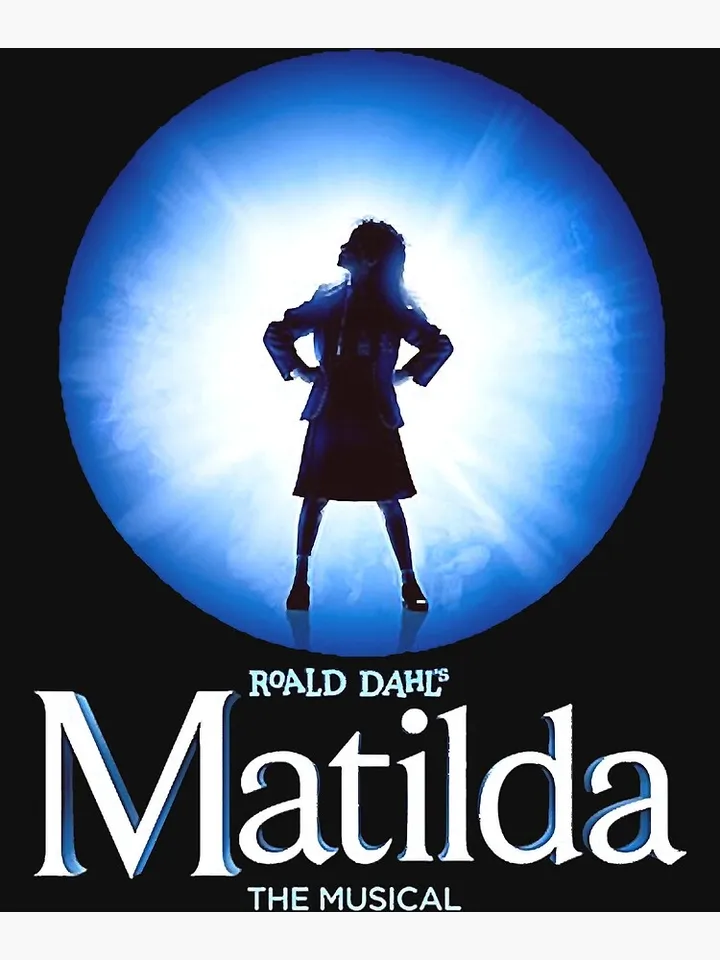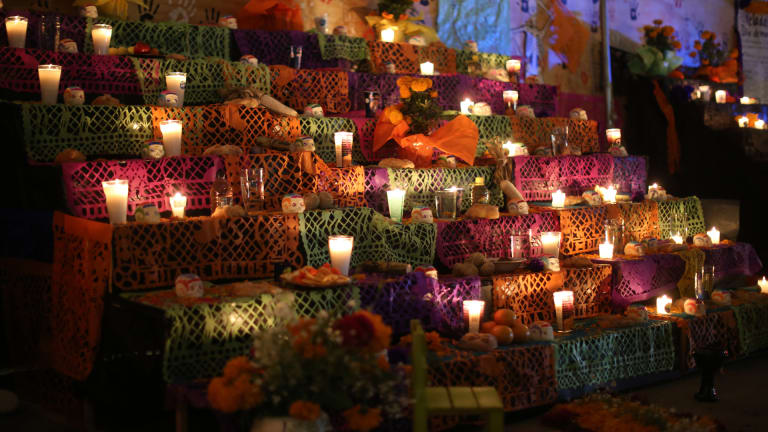The Origins of Halloween
November 3, 2022
Everybody enjoys Halloween, the unbeatable mix of candy and mischief makes for one of the best nights of the year. Almost 70% of Americans take part in Halloween every year but not many of them know how it started. Some people think it has to do with the Day of the Dead in Mexico or that it is just a night of horror, but it has its roots in a different place.
The tradition of Halloween began around 2000 years ago – In Ireland, which was occupied by the Celtics at the time. There, people would celebrate the ancient festival of Samhain where they lit bonfires and wore costumes to ward off ghosts. In the eighth century, Pope Gregory III designated November 1 as a time to honor all saints. Soon, All Saints Day incorporated some of the traditions of Samhain. The evening before was known as All Hallows Eve, and later (in the late 1800s), Halloween. Over time, Halloween evolved into a day of activities like trick-or-treating, carving pumpkins, parties, putting on scary costumes, and eating candy.
Trick or treating:
There is much debate around the origins of trick-or-treating, but generally, there are three theories. The first theory suggests that during Samhain, Celtic people would leave food out to appease the spirits traveling the Earth at night. Over time, people began to dress as these ghosts in exchange for similar offerings of food and drink.
The second theory speculates that the candy boon stems from the Scottish practice of guising, which is a nonreligious version of souling (the practice of giving and receiving soul cakes on All Souls Day). During the Middle Ages, generally, children and poor adults would collect food and money from local homes in return for prayers for the dead on All Souls’ Day. Guisers dropped the prayers in favor of non-religious practices with the inclusion of songs, jokes, and other “tricks”.
A third theory argues that modern American trick-or-treating comes from “belsnickeling,” a German-American Christmas tradition where children would dress in costume and then ask their neighbors to see if they could guess what they were dressed as. In one version of the practice, the children were rewarded with food or other treats if no one could identify them.
